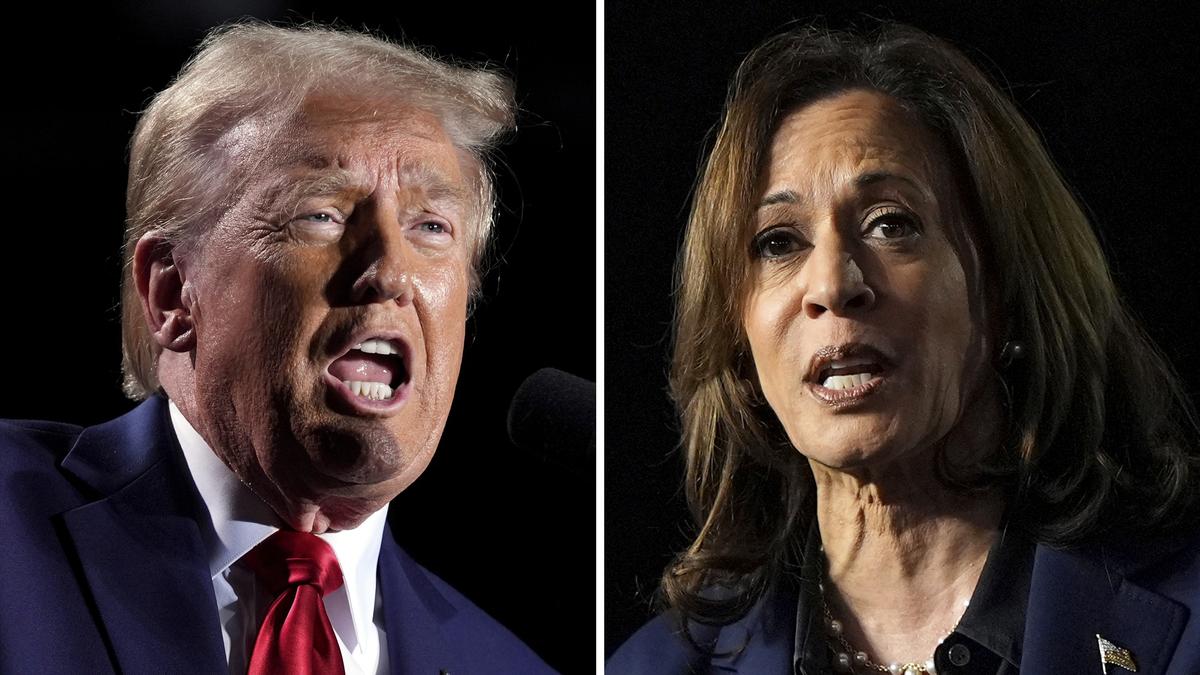
How is the U.S. President elected? | Explained Premium
The Hindu
The U.S. Presidential election is scheduled for November 5, 2024. The Hindu breaks down primaries, caucuses, electoral college, and other terms associated with the process.
The story so far: The United States is all set to elect the country’s next President in its 2024 general election, scheduled for November 5, 2024. While the contest is largely between Democratic candidate Kamala Harris and Republican Donald Trump, Green Party presidential candidate Jill Stein has made strides too in some voter communities. However, no third-party candidate has ever won the U.S. presidential election.
The U.S. votes for its President on the first Tuesday of November, every four years. The candidates are required to meet certain criteria to be eligible to contest, and the process itself starts months, or even years in advance.
According to the U.S. Constitution, a candidate must be a natural-born citizen of the country, 35 years of age or older, and a resident of the U.S. for 14 years to be eligible to contest for presidency. They must also register with the Federal Election Commission once they raise or spend more than $5,000 for their campaign. This usually happens in the spring of the year before the election.
Federal candidates are required to depute a principal campaign committee, responsible for managing donations and expenditures for the campaign.
Once candidates announce their intentions to run for the post of the President, the process of primary and caucus debates starts.
Primaries are State-level elections that political parties use to select their presidential candidates. They are usually held around 6-9 months ahead of the general election, and voters choose their candidates anonymously through secret ballots. Some States may require voters to declare their political affiliations to vote in a presidential primary.
Caucuses are different from primaries in the sense that they are run by political parties, not States. The participants vying to be their party’s presidential candidate engage in debates and discussions, and the other participants then decide which candidate they want to choose and support. The number of delegates each candidate earns to support them at the party convention is based on the caucus votes they receive.





















 Run 3 Space | Play Space Running Game
Run 3 Space | Play Space Running Game Traffic Jam 3D | Online Racing Game
Traffic Jam 3D | Online Racing Game Duck Hunt | Play Old Classic Game
Duck Hunt | Play Old Classic Game











